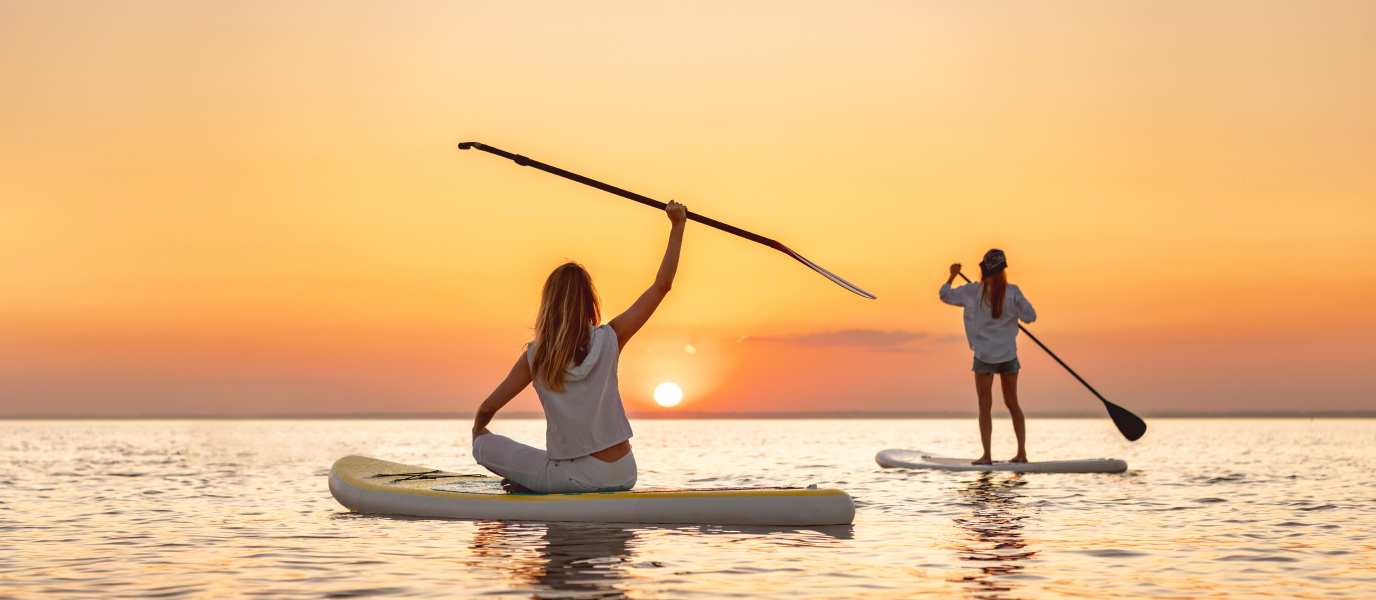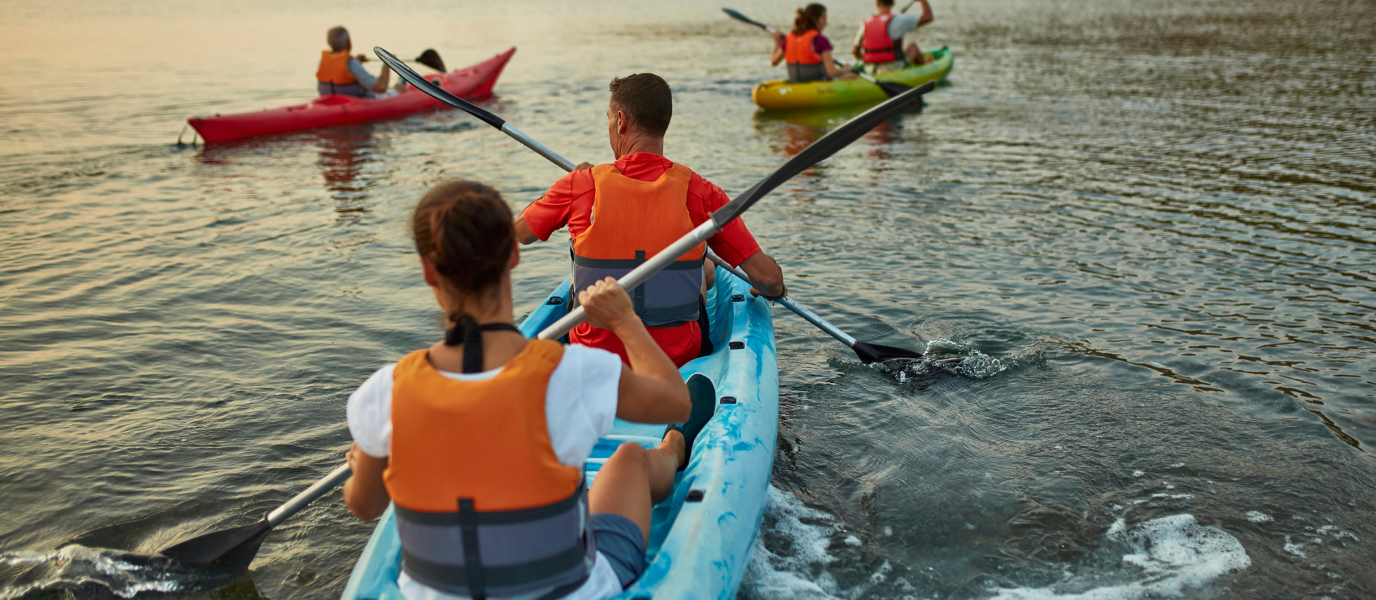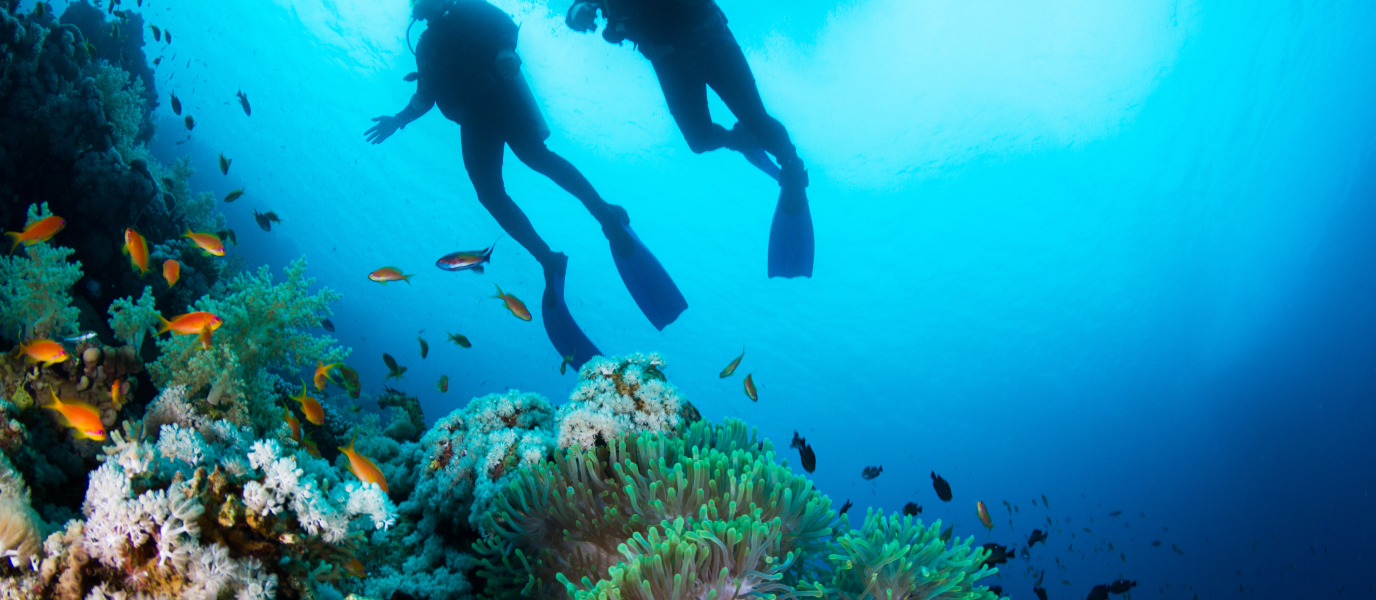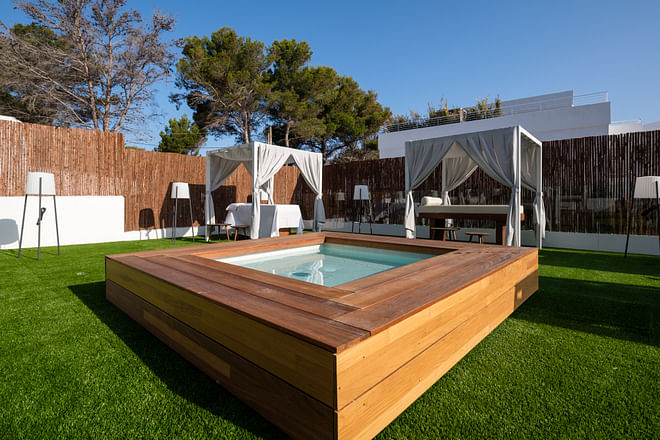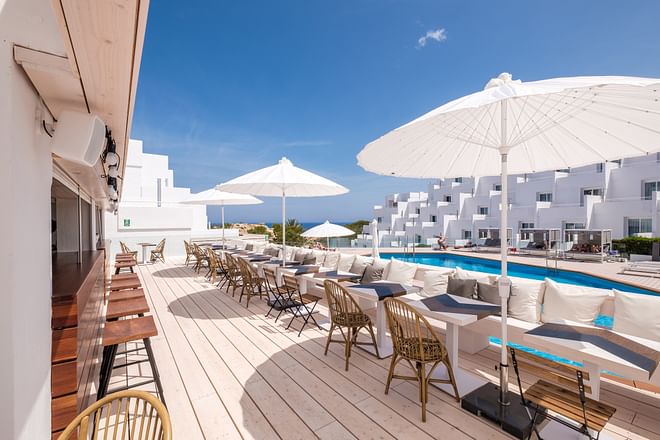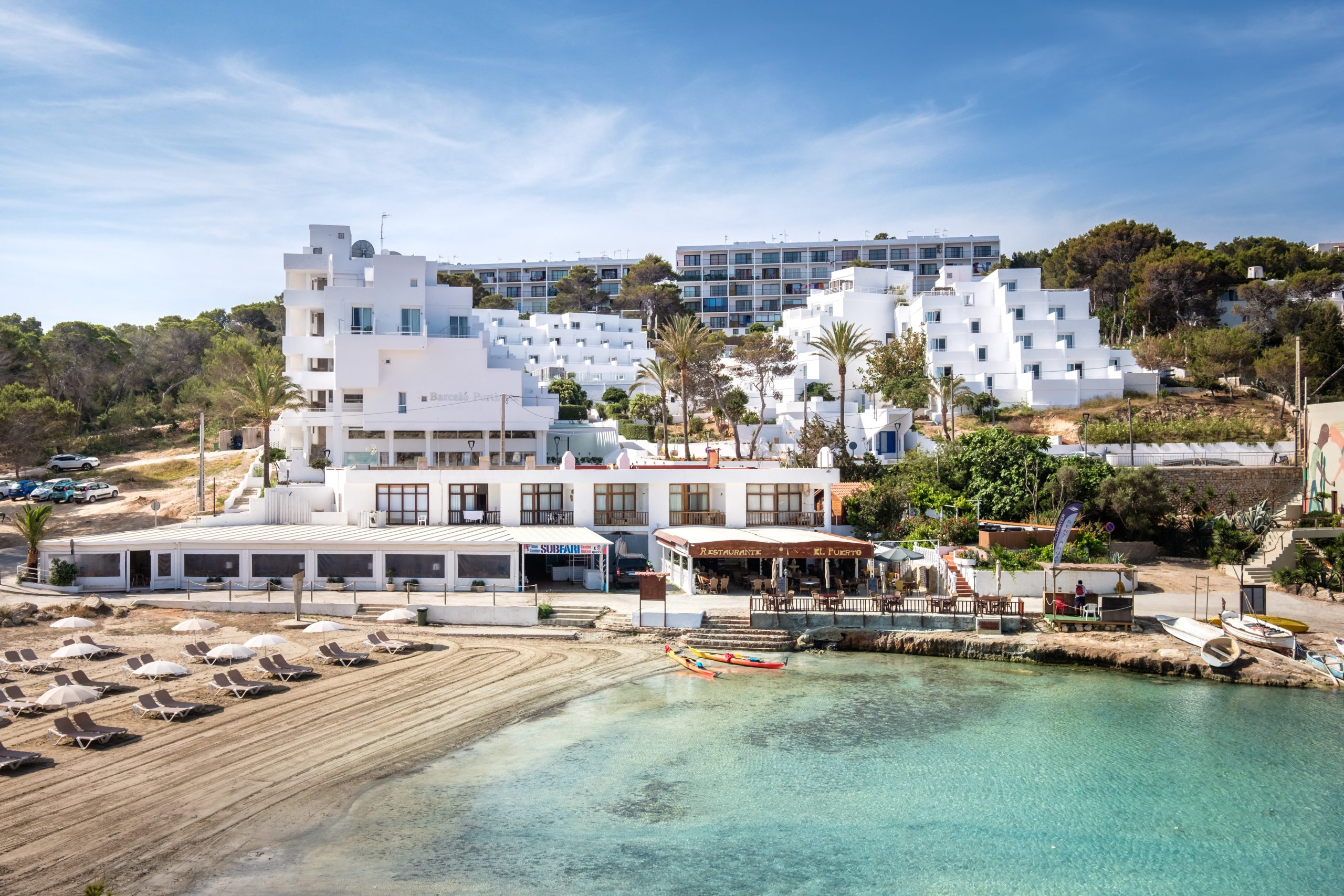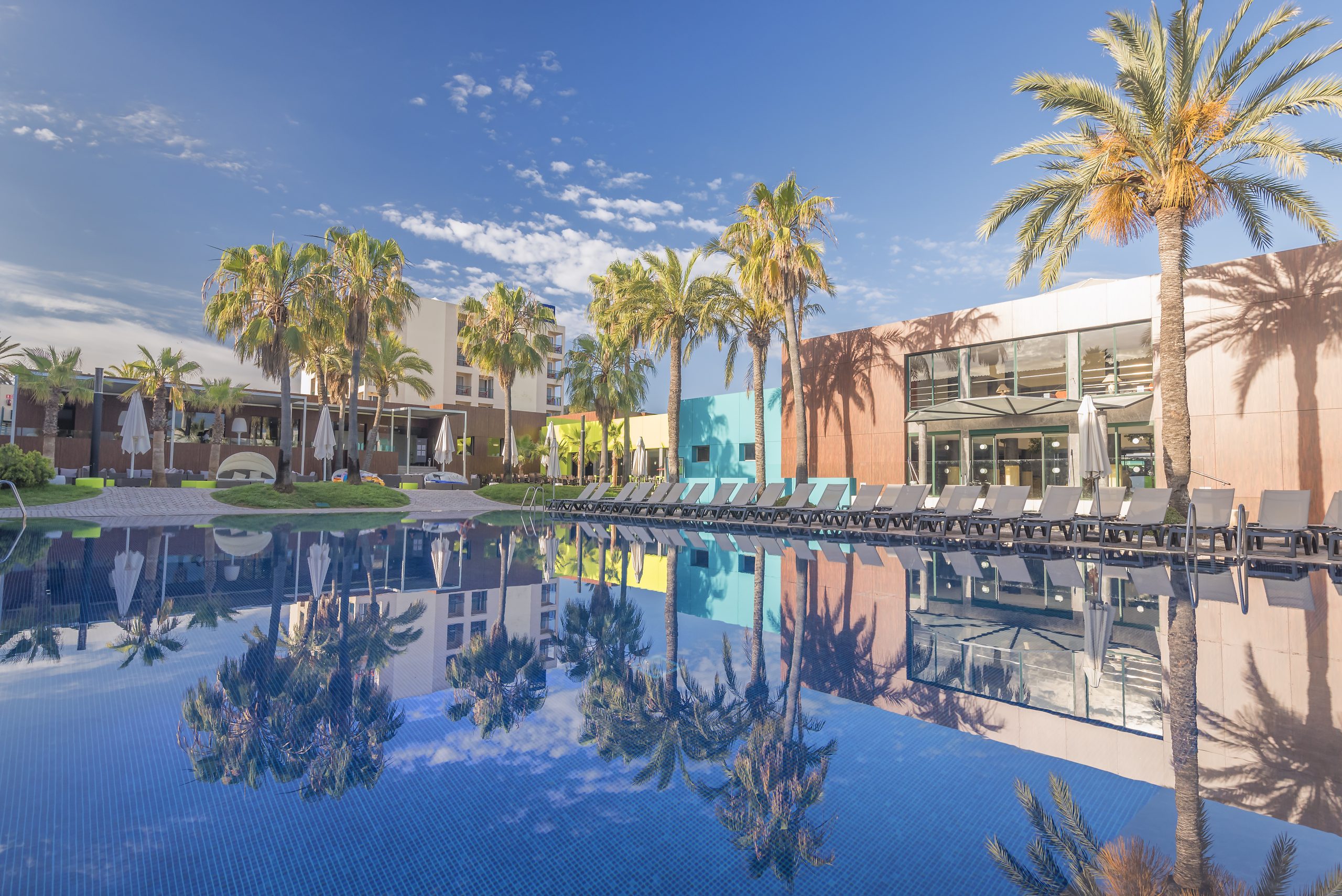Formentera is considered to be the pearl of the Balearic Islands by all those fortunate enough to know it. Its people’s commitment to the environment has allowed this smaller Pityusic island to remain for decades at one remove from the evils of mass tourism (the pressures from urban development, damage to the environment, social tensions, etc.) that have affected its larger, sister islands. Formentera’s inhabitants’ firm commitment to the ‘life in the slow lane’ is mirrored in the range of tourist activities offered. A plan to encourage people to explore Formentera by bicycle has been one of the island’s star projects in recent years.
Green routes in Formentera with negligible environmental impact
To this end, the Formentera Island Council, together with the Balearic Islands Tourist Board, has developed an island-wide network of 32 green routes, 29 of which are suitable for cycling. The 100 kilometres of routes mean that visitors can get to know the entire island in some depth, with minimal environmental impact.
If, once upon a time, the motorcycle was the occasional visitors’ preferred mode of transport as they sped noisily across the island, more and more tourists nowadays are adopting the pace set by the locals, and are setting out to discover the more authentic and natural side of Formentera. The fact that the terrain is practically flat with easy access to routes makes this form of active tourism suitable for everyone, from the solo traveller to families with children.
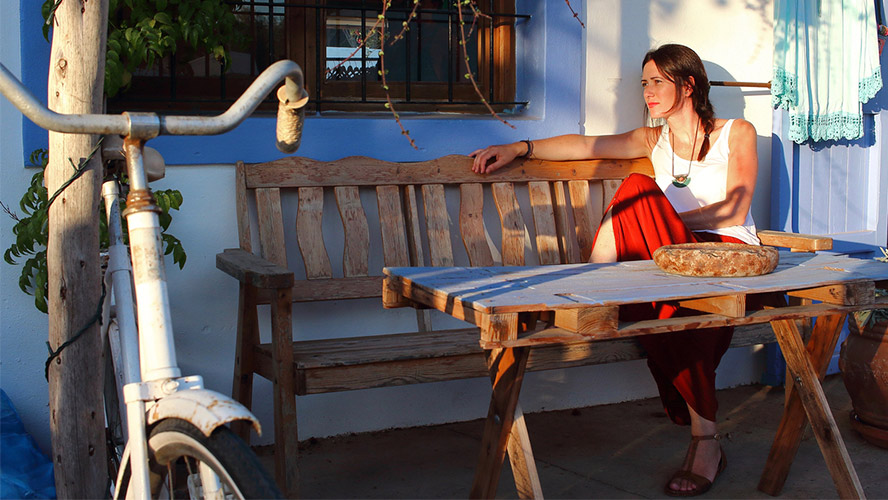
Below, we suggest some of the best cycling excursions around the island, together with a list of bicycle hire companies on Formentera.
The best cycling routes for discovering Formentera
We have selected the longest of Formentera’s 32 green routes, those requiring an average of between 45 minutes and one hour — as a good many only take between 15 and 30 minutes, which may not be long enough. All these green routes are very well signposted.
San Francisco Javier – Ses Bardetes – Faro de Barbaria
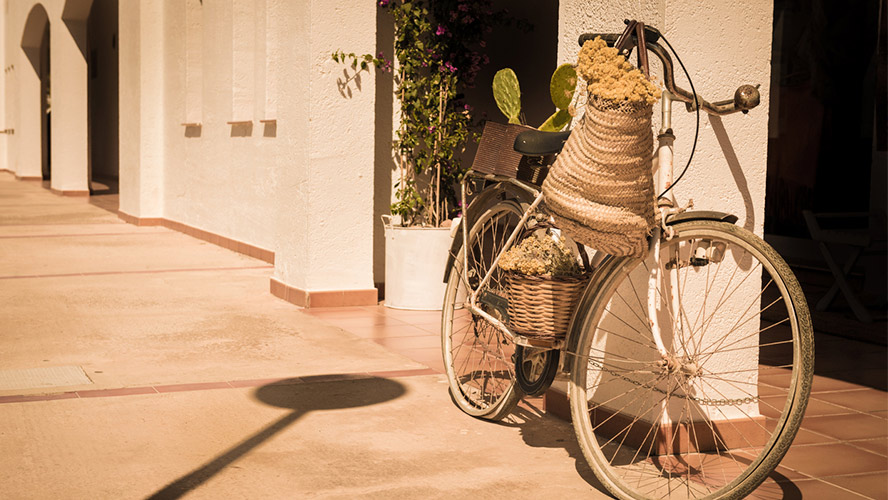
The island’s main roads converge at San Francisco Javier, just to the south of the Estany Pudent lagoon. This is also the point of departure for Formentera’s longest green routes. One of these connects this area with the emblematic Barbaria lighthouse, located on the island’s south-western tip, and made famous by Julio Médem in the poster for the film ‘Sex and Lucía’.
This tour, which covers slightly less than 10 kilometres, takes around an hour. Our excursion takes us inland, through rural Formentera: we will pass through areas devoted to the cultivation of almonds, figs and grapes, with the plantations all delineated by stone walls. We will also cycle through areas of juniper trees which suddenly give way to an arid landscape. Everyone familiar with the Basque director’s film will still see the scene in their mind’s eye — the narrow road, the endless sky, the blue sea, and in the distance the solitary lighthouse.
There are several possible routes to reach the lighthouse. We can take the old Es Cap de Barbaria road, which will enable us to see several archaeological sites of civilisations that inhabited the area in the Early and Mid Bronze Ages (between 1600 and 1000 B.C.).
San Francisco Javier – La Mola
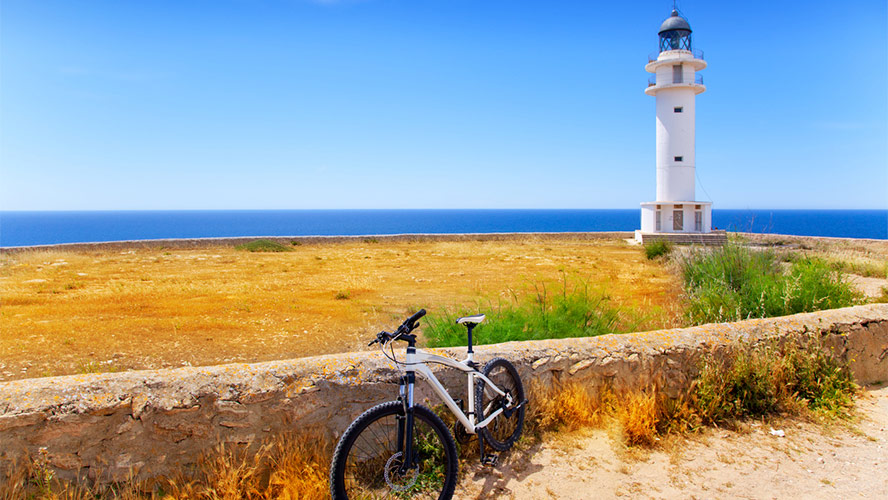
Once again, we begin at San Francisco Javier, this time to cycle to the eastern arm of the island, the La Mola area. This green route follows the old road that once linked the two places, and which runs parallel to the current road. This trip, covering around 9 kilometres, can be completed in about 45 minutes. Along the way, we can enjoy a typical rural landscape, with fields of crops or underpinned fig trees. The fields are separated by stone walls, and some of the fig trees are of a considerable size, such as the one known as the Can Mestre. This tremendous fig tree has an enormous space below its crown, propped up with a sophisticated system of wooden and ironwork supports.
Before we arrive at the fishing village of Es Caló de San Agustín, we will come upon the Can Blai ‘castellum’, the ruins of a fortification of Roman origin. It is well worth stopping off here, as much for the natural port as for the area’s restaurants.
Pla de La Mola
This is a circular route that enables visitors to explore the La Mola plain, located on the easternmost tip of the island. Some say that the strange appearance of this plain makes it “an island within an island”, as it retains something of the quintessence of Formentera prior to the boom in tourism.
This is the island’s longest green route, at 12.3 kilometres — an hour’s cycling. The climb is negligible: no more than 70 metres during the entire trip. During the ride, we can enjoy a remarkable variety of scenery: the island’s rural interior, with vineyards, wooded areas, cultivated fields and, of course, incredible panoramic views from the tops of the area’s great cliffs.
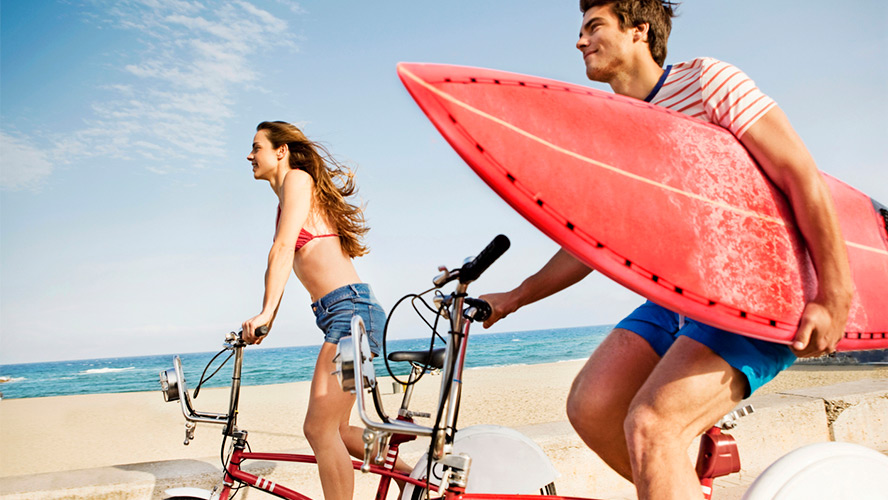
In addition, our route takes us to some of the area’s most attractive sights, including the La Mola lighthouse, the church of El Pilar, and the Bodegas Merramoll vineyards. A good part of the route consists of tracks that have remained unchanged since they were built centuries ago, and along which no car or motor vehicle has ever passed. Quintessential Formentera.
As well as the three examples given here, there are many other short cycling routes that can be combined with others, and which will enable you to get to know the rest of this lovely island.
Bicycle hire available on Formentera
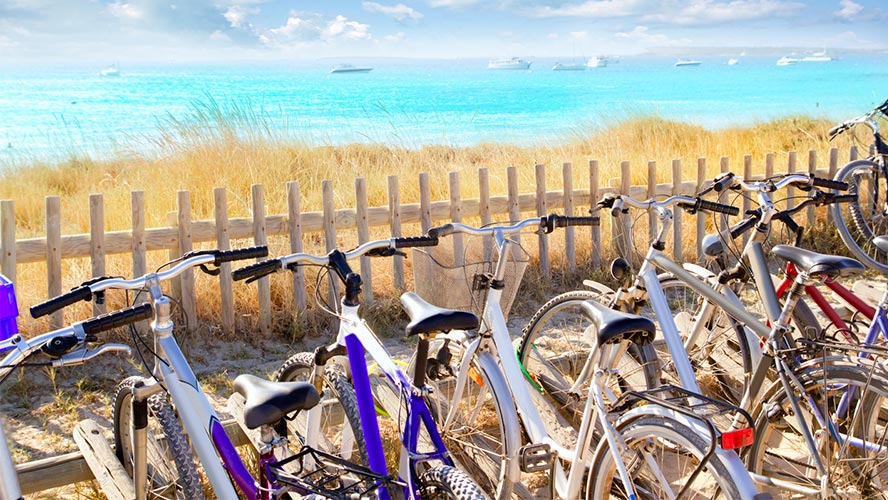
However, the first thing to take care of when we’re planning a cycling trip is the means of transport — the bicycle itself. The port of La Sabina (in the north of the island and the place where the ferries arriving on Formentera disembark), is where we will find most of the car rental companies that also offer bicycle hire. Some of these companies are: Esformentera.com, Happy Rent Formentera, Formotor, Green EcoRent, and Motorent Migjorn. Daily hire rates are reasonable.




























































